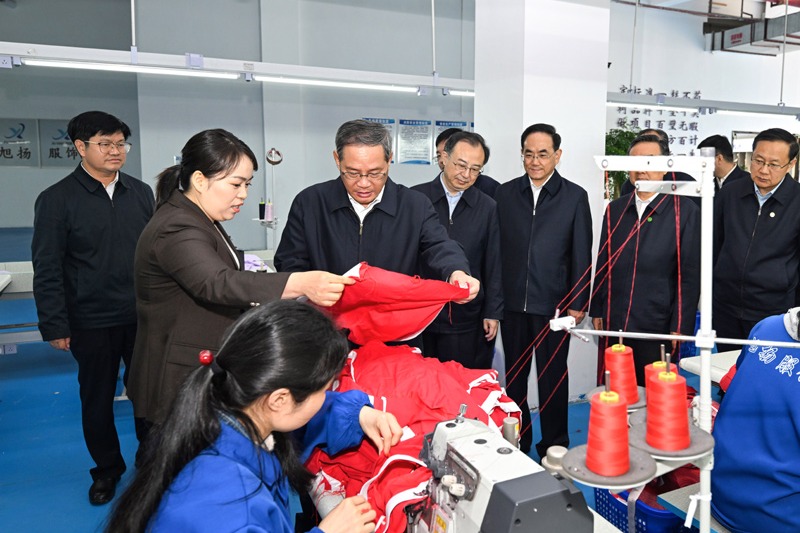Satellite network pinpoints sources of pollution


China will use a grid network and remote satellite sensing to better monitor and control air pollution, according to the country's top environmental authority.
The network will monitor concentrations of PM2.5 - polluting particles with a diameter of 2.5 micrometers or less - in the 28 major cities in the Beijing-Tianjin-Hebei cluster by next month, the Ministry of Ecology and Environment announced recently.
The region has been divided into 36,793 units, each measuring 9 square kilometers. With the help of remote sensing, 3,600 of the units with relatively high PM2.5 levels have been selected as key monitoring areas.
Zhao Qunying, deputy director of the ministry's environmental supervision bureau, said the system may help compensate for the limited number of environmental law enforcement personnel in local governments.
"Limited law enforcement personnel having to cover a very wide area has been a problem for local governments and environmental authorities, especially at the prefecture and county levels," he said. "The territories of many counties spread for almost 1,000 sq km. But the county-level environmental protection bureaus usually have only a few dozen employees, and sometimes little more than 10. They have a lot of difficulties covering the whole county in their monitoring and supervision."
Zhao said the grid network system could help pinpoint sources of PM2.5, allowing limited law enforcement manpower to focus its efforts.
The ministry decided to adopt the system after a successful yearlong trial in Cangzhou, Hebei province. There were 126 grid units in the city chosen as key for air pollution monitoring, and Cangzhou appointed a "grid chief" for each of them, along with special supervisors.
"While chiefs draft rectification plans based on specific problems in their units, the supervisors conduct regular checks to urge implementation," the ministry said, adding that PM2.5 levels in the city have fallen significantly.
The ministry also said it will publicize air pollution problems, dispatch special teams and summon local government heads if progress in controlling air pollution in the grid units is inadequate.
The network will also be expanded to two other key areas for air pollution control. Eleven major cities on the Fenhe and Weihe river plains in Shanxi and Shaanxi provinces will be covered from next month, and 41 major cities in the Yangtze River Delta will be covered starting in February, the ministry said.
houliqiang@chinadaily.com.cn
- Chinese scientists use domestic satellite to conduct light pollution research
- Sino-Africa technology cooperation boosts African development
- Soil moisture has strong effect on rainfall: Research
- China to improve smog control via satellite remote sensing
- China launches high-resolution Earth observation satellite
- China launches new marine satellite
- Chinese vice-premier stresses innovation in development
- Top legislator urges NPC deputies to contribute to Chinese modernization
- China launches 504-qubit quantum chip, open to global users
- Chinese vice-premier urges intensified emergency rescue, flood response work
- Chinese Defense Minister holds talks with Kazakhstan president
- China opens 829 sites providing free pneumoconiosis treatment




































